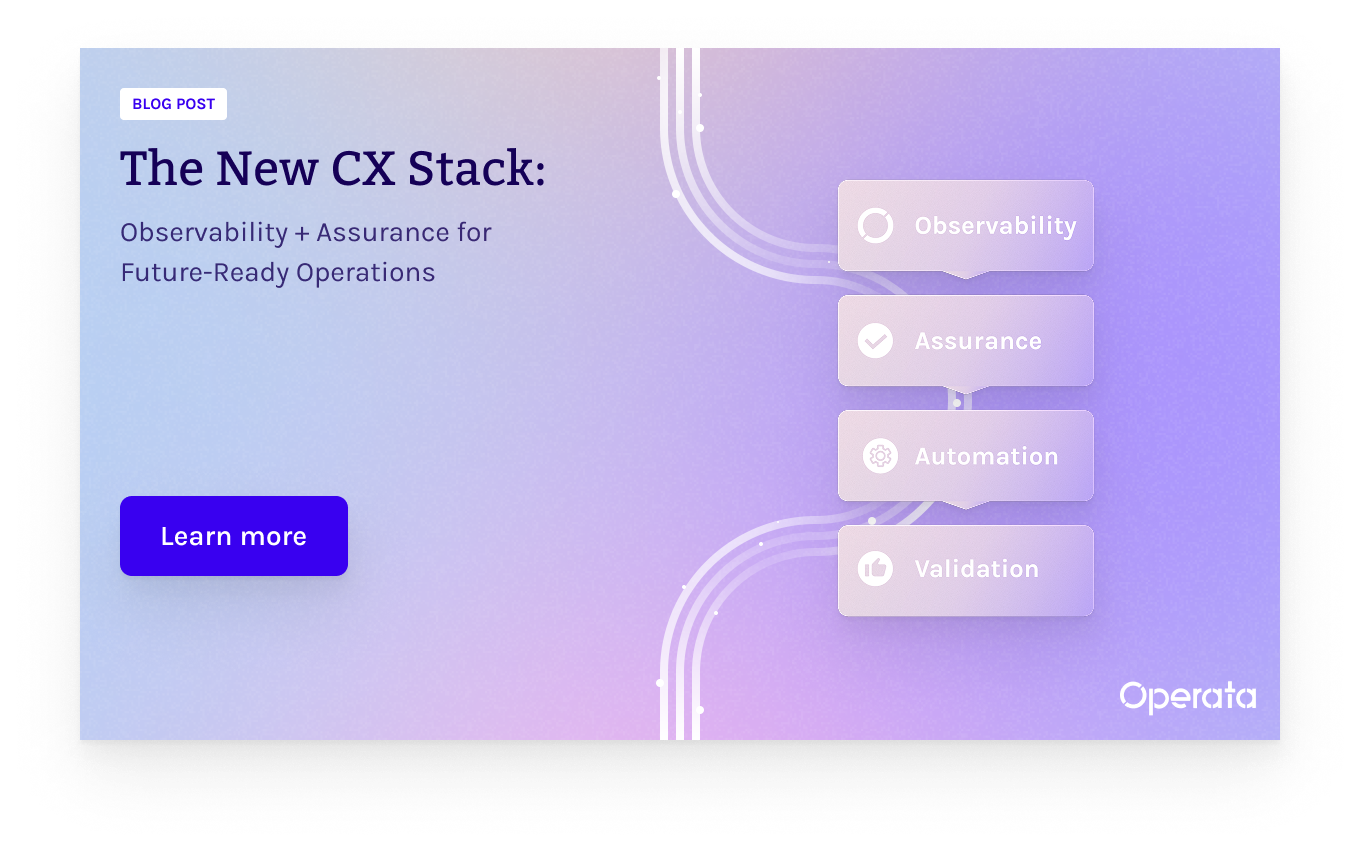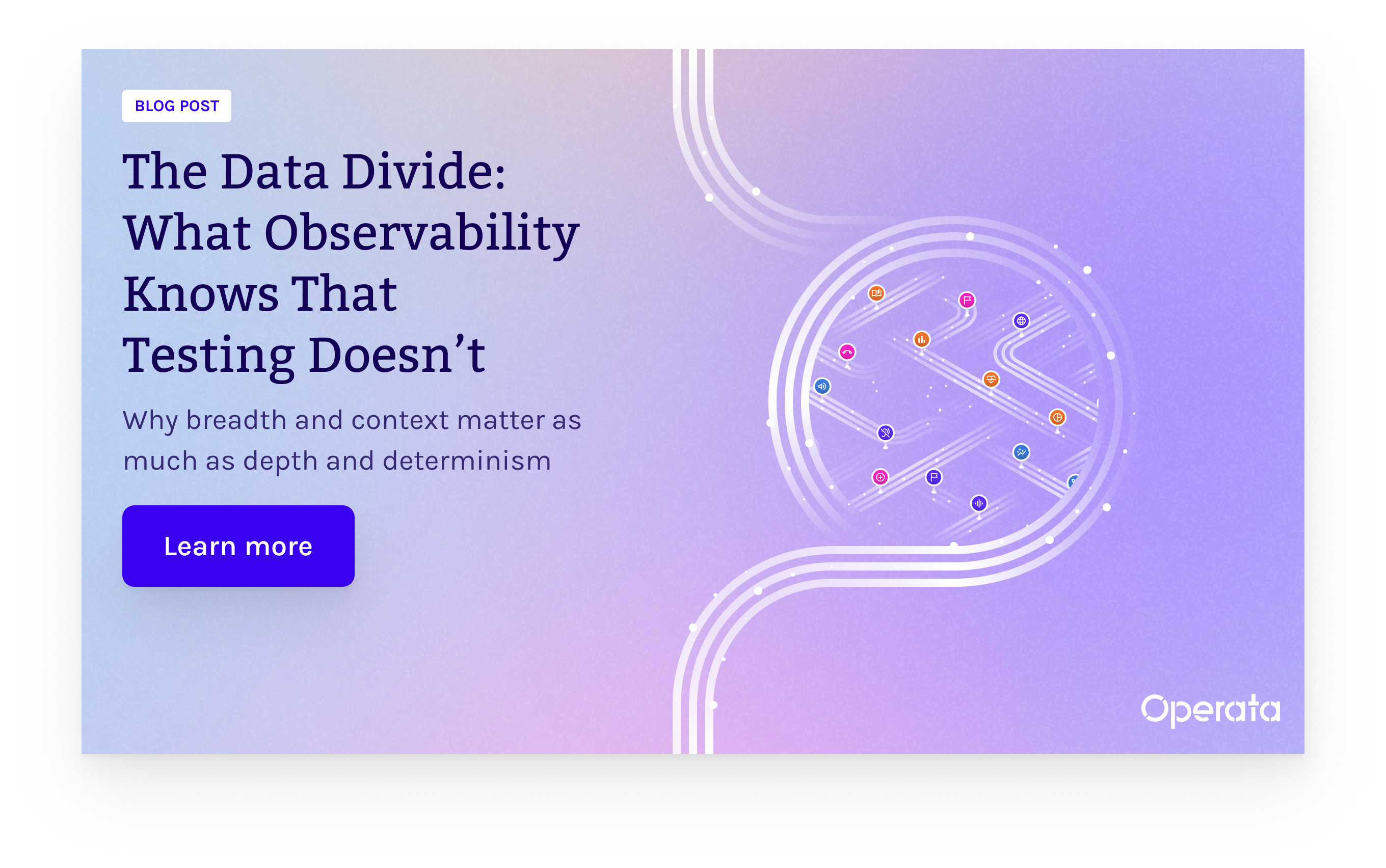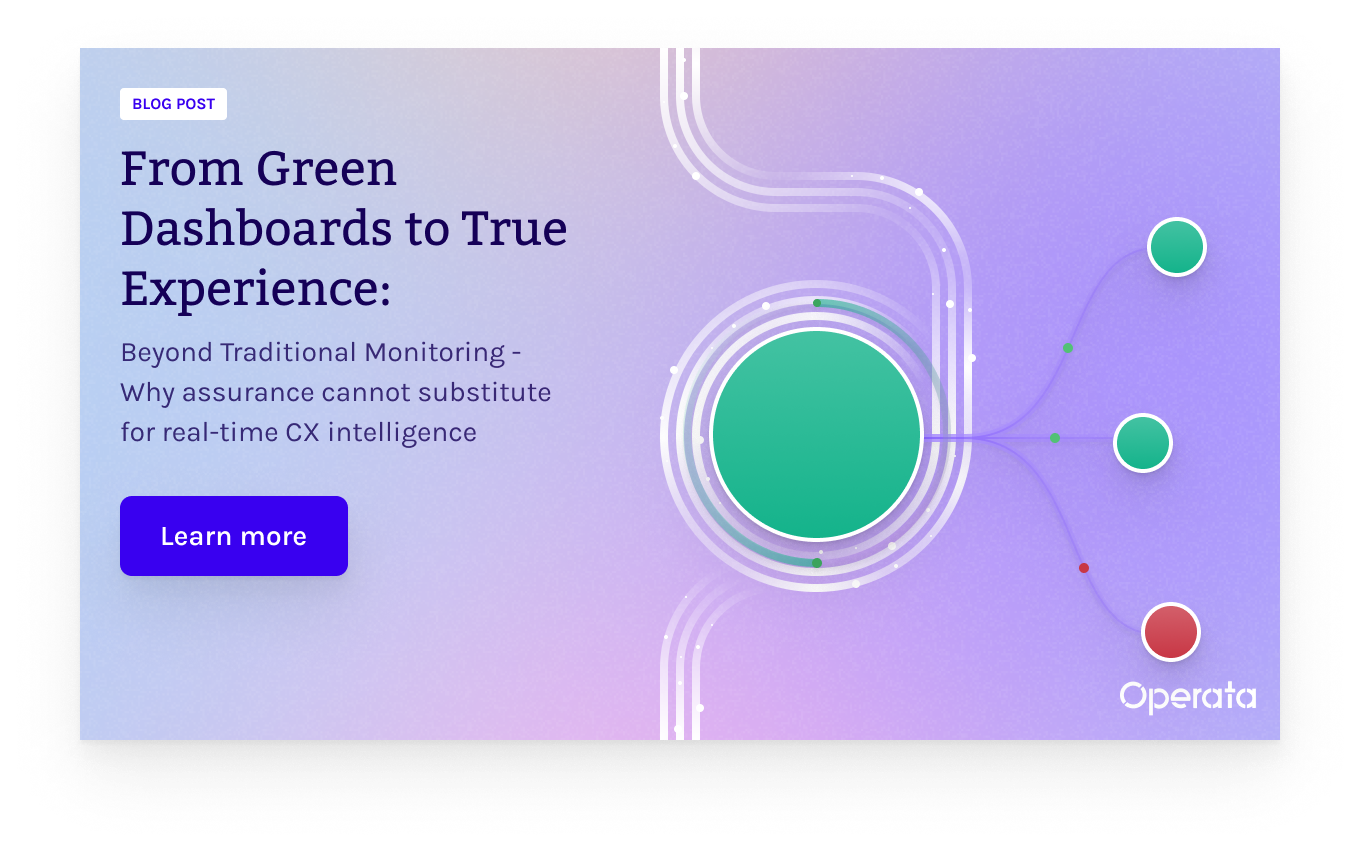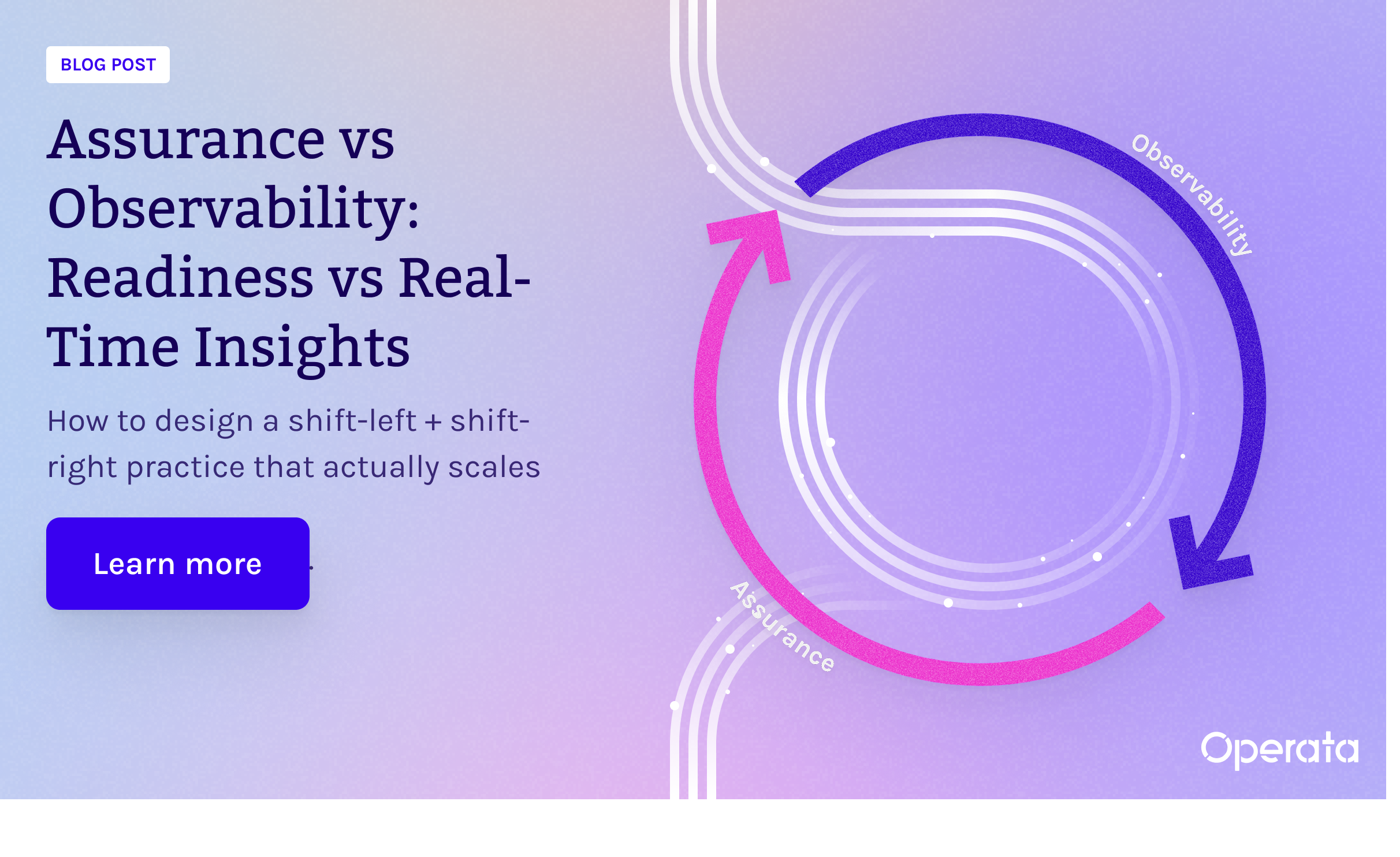At Operata, we've seen the impact that poor call quality can have on customer experience. Low quality audio can affect Average Handle Time (AHT), First Call Resolution (FCR), Customer Satisfaction (CSAT), and more. In the Operata Platform, customers can gain insight into root causes of low quality audio, and recommended actions to take to address those causes.
One "hidden" internal issue that often goes unnoticed is the use of internal microphones by call center agents. In this blog post, we'll explore how big of a problem this is and how multi-cloud CX Observability tooling can address it.
A Hidden “Internal” Issue
Many call center agents use the internal microphone on their workstation instead of their headset. This frequently can happen with agents that are home workers. This may seem harmless, but it can have a significant impact on call quality. And, most contact centers don’t have any visibility into which mic an agent is using, particularly when they are working remotely.
By aggregating data insights in the Operata Platform, we’ve found that when using internal microphones, "No Agent Audio" occurs 2% more frequently in phone calls, and "Low Agent Audio" occurs an additional 3% more frequently in calls. This leads to *5% of all calls* that are negatively impacted by the use of internal microphones.
How Big of a Problem Is It?
In total, anywhere from 2% to 6% of all calls are handled by agents using the internal microphone in their workstation, instead of their headset. This may not sound like a lot, but when you consider that even a small decrease in call quality can have a significant impact on customer experience as well as agent productivity, it becomes clear that this is a problem that needs to be addressed.
Additionally, when customers are having a hard time hearing agents, we see that there’s a higher propensity for agents to transfer the call, rather than resolve it.
When audio quality is poor, agents are nearly twice as likely to transfer to another agent when using their internal microphone (20% using headsets vs 37% using their internal microphone) — materially impacting First Call Resolution (FCR).
How Can CX Observability Tooling Address This Issue?
CX Observability tooling can help organizations identify when internal microphones are being used and how they are affecting call quality. By monitoring microphone use and call quality metrics in real-time, CX Observability tooling can alert organizations to issues before they become widespread. This allows organizations to take proactive steps to address the issue, such as providing additional training to agents or upgrading their equipment.
A Spotlight on Agent Microphones
As we’ve seen, the use of internal microphones by call center agents is a frequently-overlooked issue that can have a significant impact on call quality. CX Observability tooling like Operata Platform can help organizations identify and address this issue before it negatively impacts customer experience. If you're interested in seeing how our platform can “illuminate” root causes of low call quality, sign up for a free 14-day trial.

















